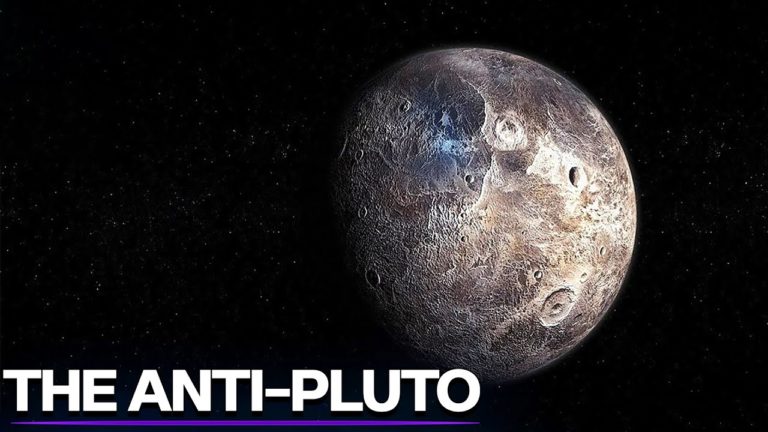Orcus: The AntiPluto Dwarf Planet
we will deal with Orcus, a transneptunian celestial body. As the adjective “transneptunian” says, Orcus is a celestial body that is located beyond the orbit of Neptune in a portion of space known as the Kuiper belt or Edgeworth – Kuiper. ( the antipluto dwarf planet)
The Kuiper belt or Edgeworth – Kuiper is an outer region of the Solar System that extends from the orbit of planet Neptune, about 30 astronomical units from the Sun, up to 50 astronomical units from the Sun; its overall shape is somewhat reminiscent of a donut. It takes its name from the astronomers Gerard Kuiper and Kenneth Edgeworth, who in a 1951 article hypothesized the presence of objects beyond Neptune’s orbit, later known as trans-Neptunian objects (TNO).
Unlike the main asteroid belt between the orbits of Mars and Jupiter, essentially composed of rocky bodies, the Kuiper belt is composed of small icy bodies (mainly water ice, ammonia and methane), whose orbits are arranged on the plane of the ecliptic, which is the same plane on which the orbits of the planets also lie.
The presence of Neptune has a profound effect on the structure of the Kuiper belt due to orbital resonances: an orbital resonance occurs when two orbiting bodies have periods of revolution such that their relationship can be expressed in fractions of small whole numbers. For example Pluto and Neptune are in 2:3 orbital resonance: this means that every three revolutions of Neptune around the Sun, Pluto makes two.
The largest body in the Kuiper belt is Pluto and the most massive is the dwarf planet Eris, discovered in 2005, although some scientists consider Eris to be part of the diffuse disk rather than the Kuiper belt. Since the year 2000 other objects of considerable size have been found: 50,000 Quaoar, discovered in 2002, half the size of Pluto and larger than Ceres, the largest of the traditional asteroids. The exact classification of these objects is unclear, as they are likely very different from the innermost asteroids.
Some satellites of the planets of the Solar System appear to come from the Kuiper belt, such as Triton, the largest of Neptune’s moons, and the Saturnian moon Phoebe. It is believed that short-period comets, that is, those that take less than 200 years to travel their orbit around the Sun, come from the Kuiper belt.
Do not forget to share your opinion with us to provide you with the best posts !




0 Comments